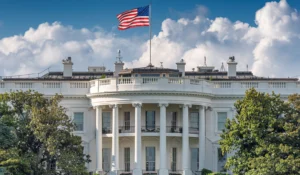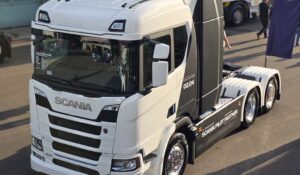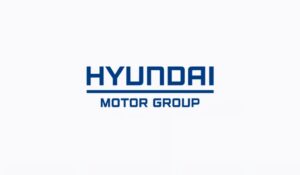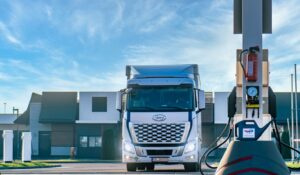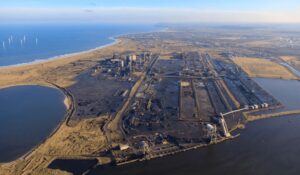EU tightens grip on hydrogen electrolysers – limits Chinese imports, favours European-made
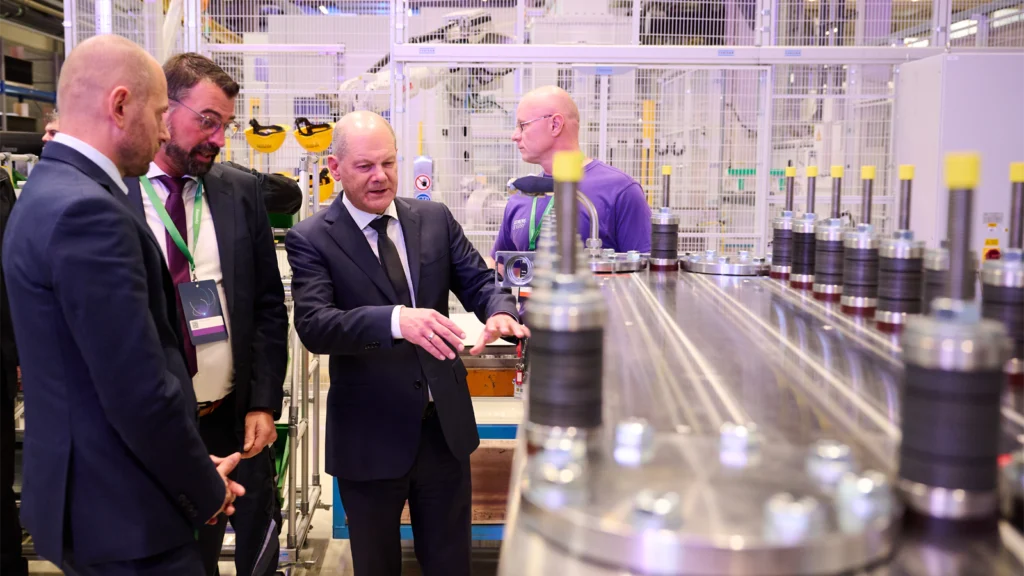
The European Union is taking decisive steps to safeguard its emerging hydrogen industry by limiting Chinese-manufactured electrolysers in its upcoming subsidy auction.
In a push to strengthen the European clean-tech sector, the EU is introducing measures to support domestic electrolyser manufacturers and prevent an influx of cheaper Chinese products.
Announcing the plan earlier this month at Eindhoven University, EU Climate Commissioner Wopke Hoekstra emphasised the need to build resilience within European green hydrogen technologies:
“We will have explicit criteria to build European electrolyser supply chains,” Hoekstra stated, underlining that the forthcoming subsidy auction will prioritise European-made equipment.
While the guidelines are still being finalised, the message is clear: hydrogen projects receiving EU subsidies must favour domestic suppliers.
The second round of the European Hydrogen Bank’s auction, scheduled for December 3, 2024, will allocate €1.2billion to green hydrogen projects, with strict sourcing rules aimed at curbing reliance on Chinese technology.
Lessons from history: the solar sector
Europe’s approach to protecting its electrolyser industry bears similarities to its past experiences in the solar sector, where the region’s once-thriving manufacturing base was undercut by cheaper Chinese imports a decade ago.
Now, European electrolyser makers fear history may repeat itself, as China currently produces more than half of the world’s electrolysers, often priced up to 75% lower than their European counterparts.
This concern has prompted 20 European companies, including major players like Siemens and McPhy, to urge the EU to act.
In a July letter to European Commission President Ursula von der Leyen, they warned that Europe risks replacing one dependency (energy imports) with another (imported hydrogen technology).
The coalition stressed that to secure its energy future, Europe must invest in a self-sufficient hydrogen ecosystem.
Levelling the playing field
The revised guidelines for the auction process go beyond merely capping Chinese components. They limit the use of Chinese-manufactured electrolyser stacks to 25% of total capacity in projects receiving EU funding.
Additionally, the rules incorporate non-price criteria, such as environmental sustainability and cybersecurity standards, designed to give European manufacturers an advantage.
These measures, alongside the Net Zero Industry Act passed earlier this year, aim to create a more equitable environment for European companies.
Chinese firms, supported by state-backed policies including zero-interest loans and capacity expansions, have been able to dominate the market by absorbing losses that European manufacturers cannot sustain.
With the December auction looming, it remains to be seen whether these efforts will effectively shield Europe’s hydrogen industry from global competition while driving the innovation and scale needed to compete on the world stage.
The stakes are high, and Europe’s ability to balance local growth with global forces will shape the future of its clean energy ambitions.

